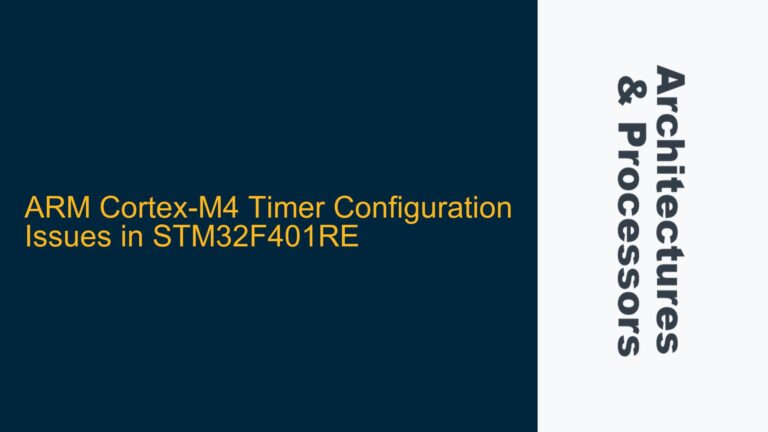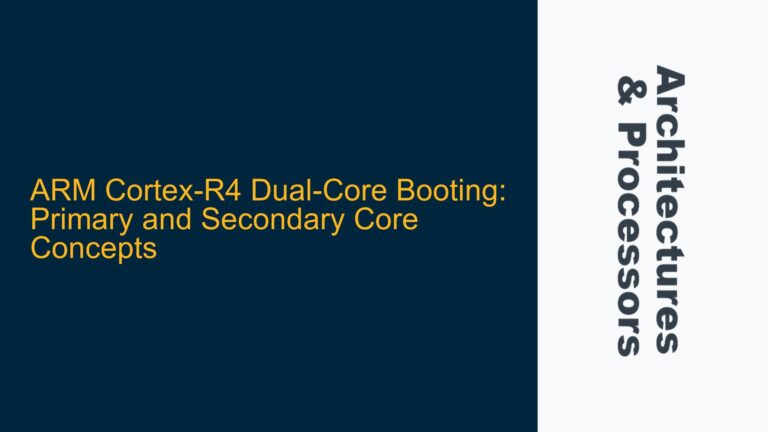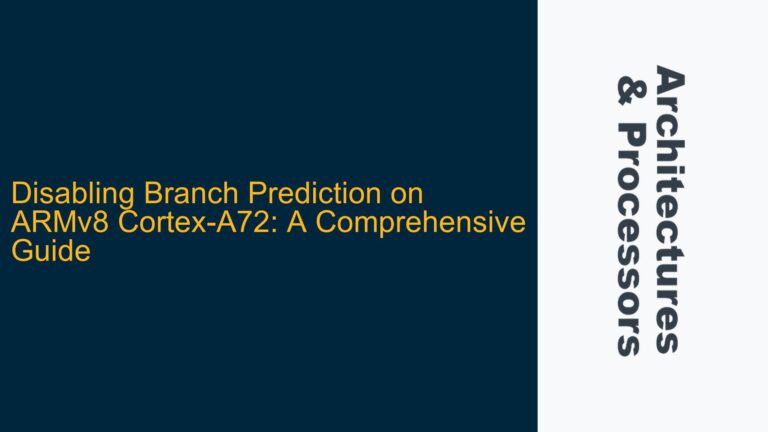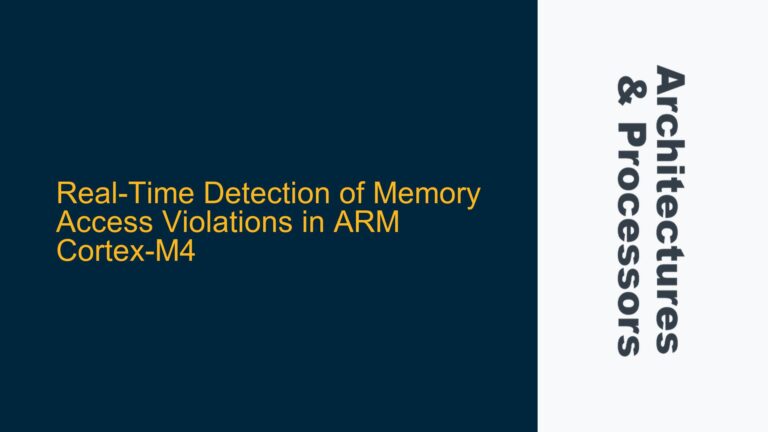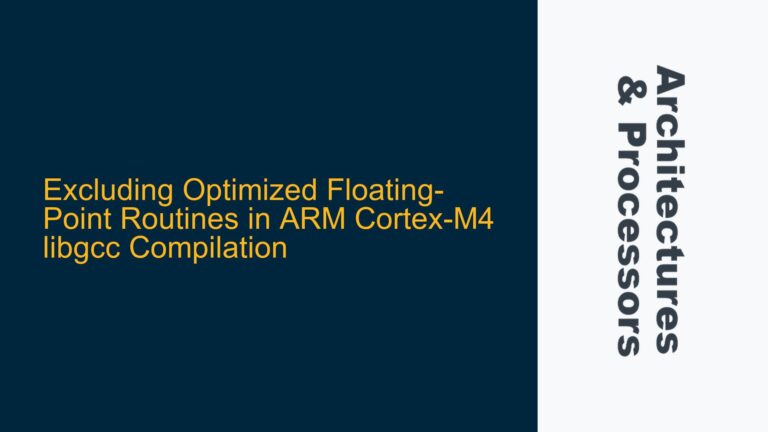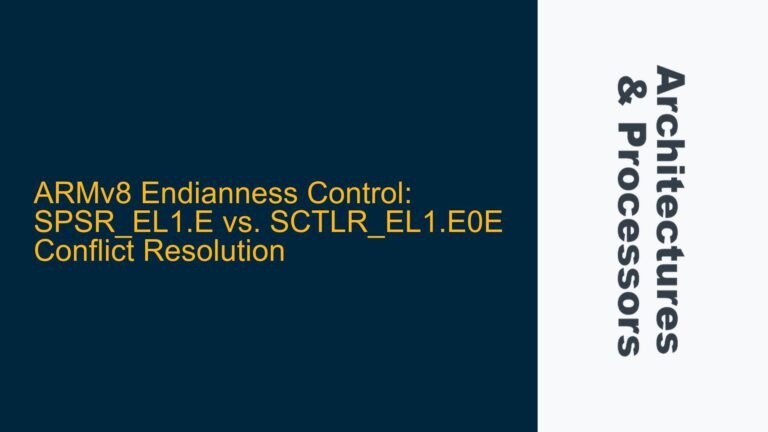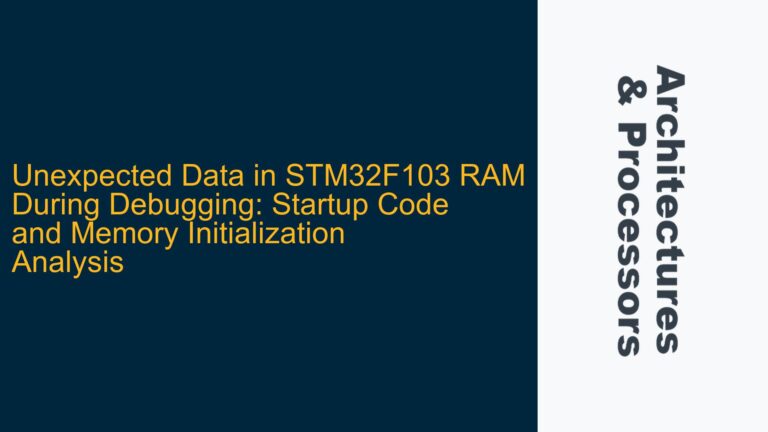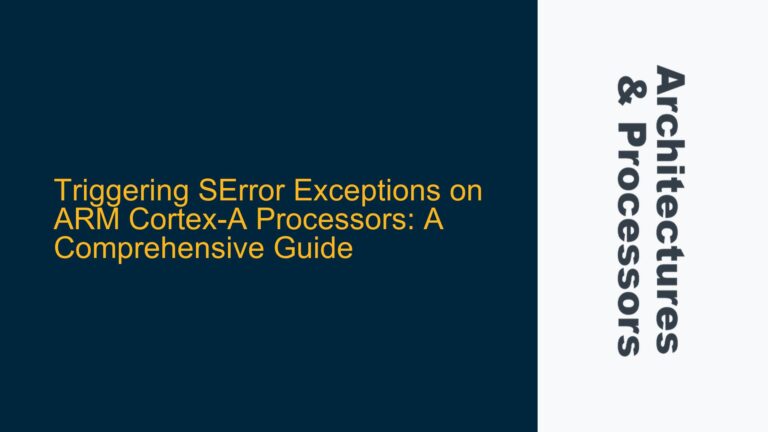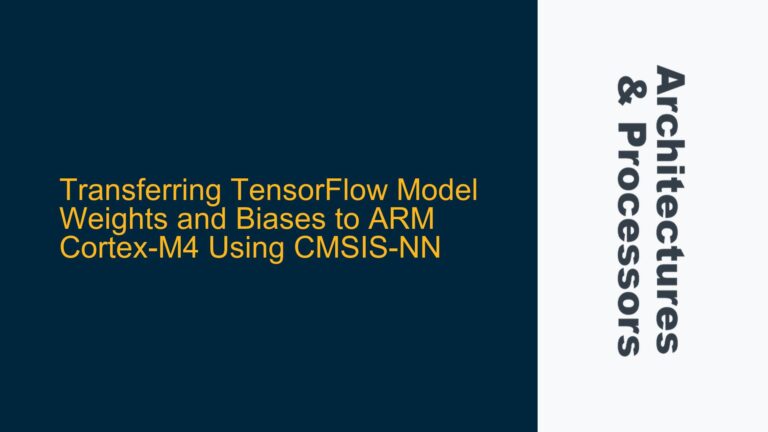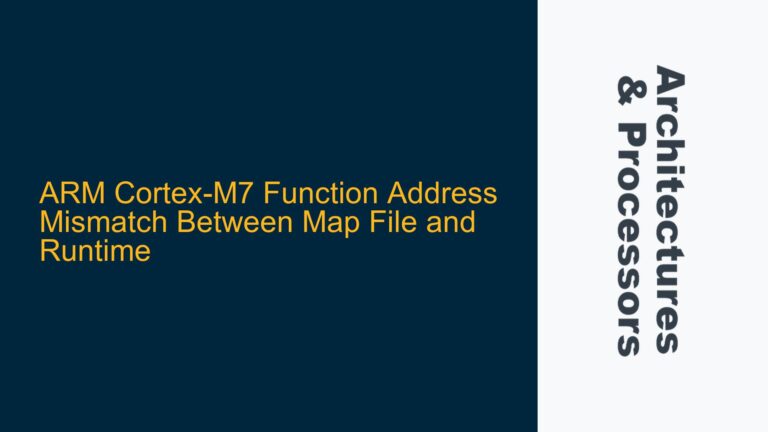ARM Cortex-M4 Timer Configuration Issues in STM32F401RE
Incorrect Timer Initialization and PWM Signal Generation on TIM1 The issue at hand involves the incorrect initialization of Timer 1 (TIM1) on the STM32F401RE microcontroller, which is based on the ARM Cortex-M4 architecture. The goal is to configure TIM1 to generate a 1 kHz PWM signal on channel 2 (PA9). However, the provided code fails…
